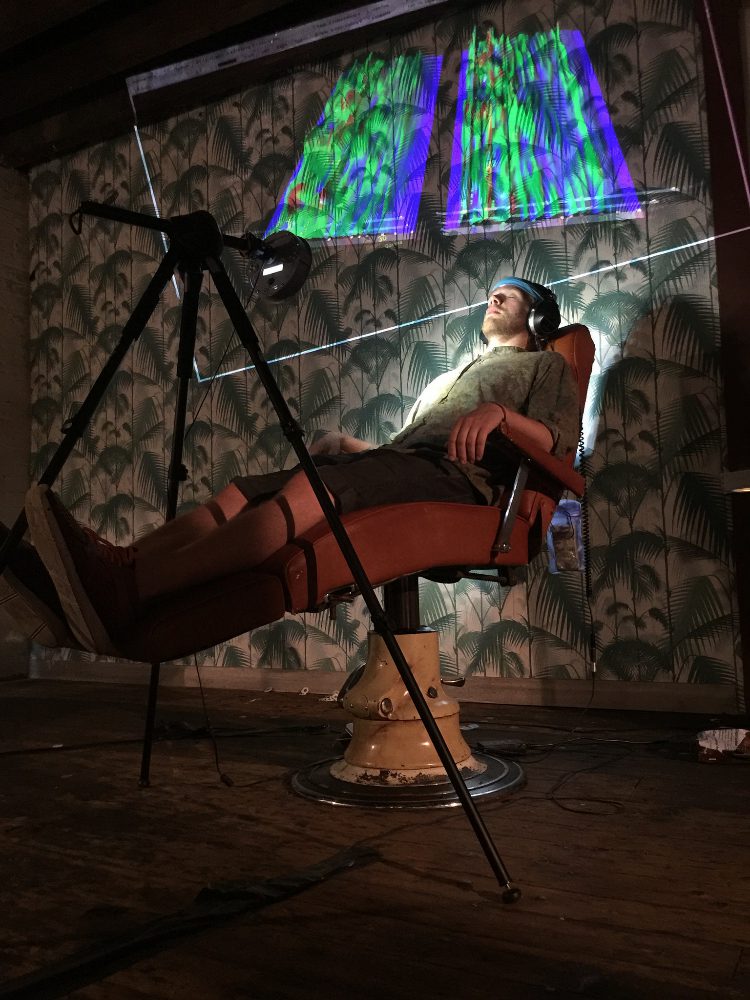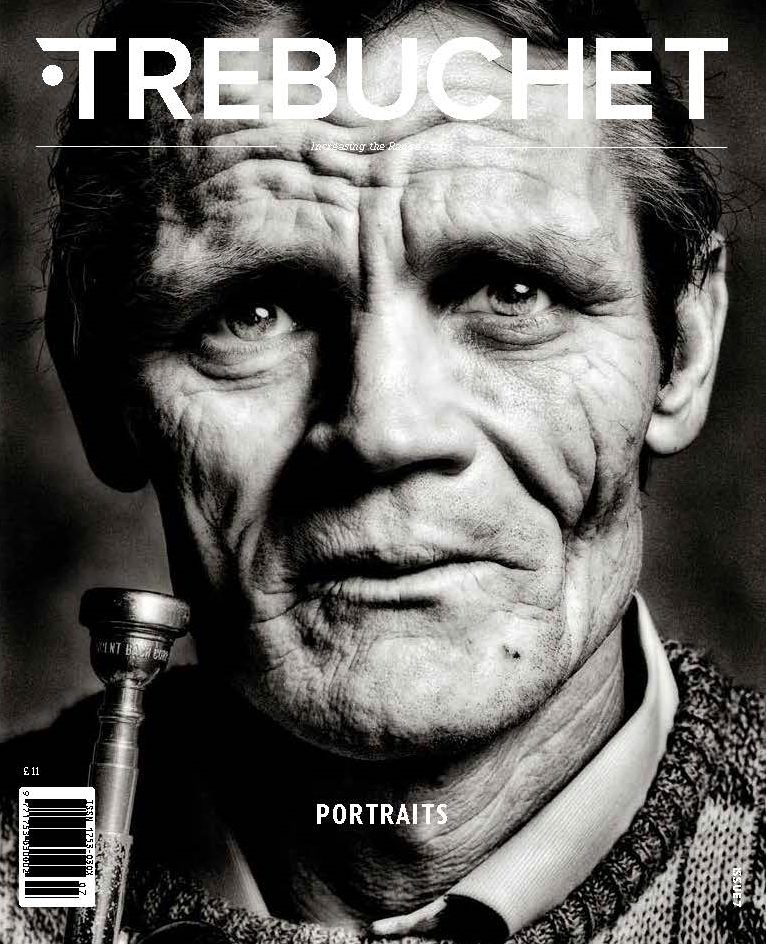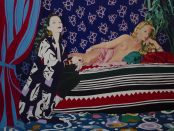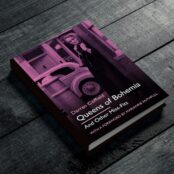[dropcap style=”font-size:100px; color:#992211;”]W[/dropcap]hat do we capture in a portrait? What facet of being, of identity that we recognise, makes this work of art specific and revelatory?
Over the course of her far-reaching artistic career Luciana Haill has investigated these questions by looking at the means through which our perceptions reflect the unique equilibriums of our sensory ecosystems. We are, however, very different people, depending on what states we react to situations through. Just as the act of sitting for a portrait might create a personal signification and change of demeanour, our bodies react to modes of consciousness when we consider time, nostalgia, creativity and symbolic processing. Those outward appearances define us to others as visible effect. However, how our bodies describes us to ourselves is an internal process noticed as an effect, but largely invisible as a process.

Installation – Luciana Haill
Haill’s work intersects new technology, creativity and research with dreams, the brain and the unconscious, to make mental processes visible (in particular, dreams, meditation and nostalgia) and to correlate these readings to the user’s experiences. Sketching the processes against types of thought, types of reaction and ways of thinking she has reflected back to participants an image of themselves that they may not have seen before, with the additional significance of doing so when, often, they are transported to states of consciousness which underlie the more learned, strategic, ego-centric types of behaviour through which we manifest ourselves.
The question of whether these liminal states are more ‘us’ than the machine we inhabit is one which Hall continues to present to an international audience, where her installations reveal to their participants internal processes which challenge artistic notions of portraiture, artistic effect, canvas and consciousness.
Luciana Haill is an honorary fellow in the Department of Psychology for Greenwich University and lectures part time on a Digital Media Art MA course in Brighton University. Trebuchet asked her to discuss her work as it explores consciousness, and what the tangible results of these investigations reveal. Without an ego, what is meaning? And, the ancient question: what truth lies in dreams?
Techniques and Methodology:
In 2019 I have added to my tools a commercially available device called SUBPAC. It quietly and accurately transfers deep bass frequencies to a wearable vibrating backpack, creating an immersive, physical, full-body experience. It is sensitive to sub-bass and subaudible tones. A heightened intermingling sensory experience occurs, time distorts, minds wander and we journey further into my professionally choreographed interactive experiences. I find this excellent for adding prescence in my art. It was made primarily with the music industry in mind but can be used by artists like me in a variety of ways. One of the applications that was used in virtual reality is to accentuate the feeling proprioception (perception or awareness of the position and movement of the body). Basically, you can feel sound, and in my art, where their eyes are closed, people report they can feel visuals.
In terms of portraiture, I’ve worked with brainwaves and meditation, where I look and the strengths and patterns of brain activity in different participants while they are ‘meditating’. Meditating is a bit of a loaded term, considering that when different people do it, they often have a different experience we might not be able to classify exactly. However, it is an activity. The results of these works are quite striking and I’ve been most interested in investigating how people see the experience. What did they think happened…[Read more]
Read the full article in Trebuchet 7: Portraits

The aim of art is to represent not the outward appearance of things, but their inward significance. – Aristotle





















